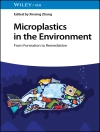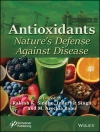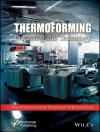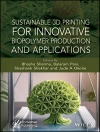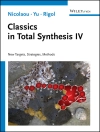Alexander Todd, the 1957 Nobel laureate in chemistry is credited with the statement: “where there is life, there is phosphorus”. Phosphorus chemical biology underlies most of life’s reactions and processes, from the covalent bonds that hold RNA and DNA together, to the making and spending 75 kg of ATP every day, required to run almost all metabolic and mechanical events in cells. Authored by a renowned biochemist,
The Chemical Biology of Phosphorus provides an in-depth, unifying chemical approach to the logic and reactivity of inorganic phosphate and its three major derivatives (anhydrides, mono- and diesters) throughout biology to examine why life depends on phosphorus. Covering the breadth of phosphorus chemistry in biology, this book is ideal for biochemistry students, postgraduates and researchers interested in the chemical logic of phosphate metabolites, energy generation, biopolymer accumulation and phosphoproteomics.
Cuprins
Introduction to Phosphorus Chemical Biology; Inorganic Phosphate, Pyrophosphate and Polyphosphate; ATP as the Premier Biologic Phosphoryl Transfer Reagent; Nucleotidyl Transfers (ATPs and NTPs); Pyrophosphoryl and Adenosyl Transfers from Mg-ATP; Activated Phosphoryl Groups and Biosynthetic Paths to ATP; Phosphomonoesters: Enzymatic Formation and Decomposition; Phosphodiesters and Phosphotriesters; Phosphorylases: Inorganic Phosphate as Oxygen Nucleophile; N-P Bond Chemical Biology; C-P Bonds in Biology: Phosphonates and Phosphinates; P-S Bonds: Phosphorothioates; Scope and Roles of Posttranslational Protein Phosphorylations; Noncanonical Phosphoproteomes; Canonical Phosphoproteomics: Phosphoserine, Phosphothreonine and Phosphotyrosine; Noncanonical Phosphoproteomics II; Broad Biologic Arcs from Only Four Types of Phosphate Molecules


